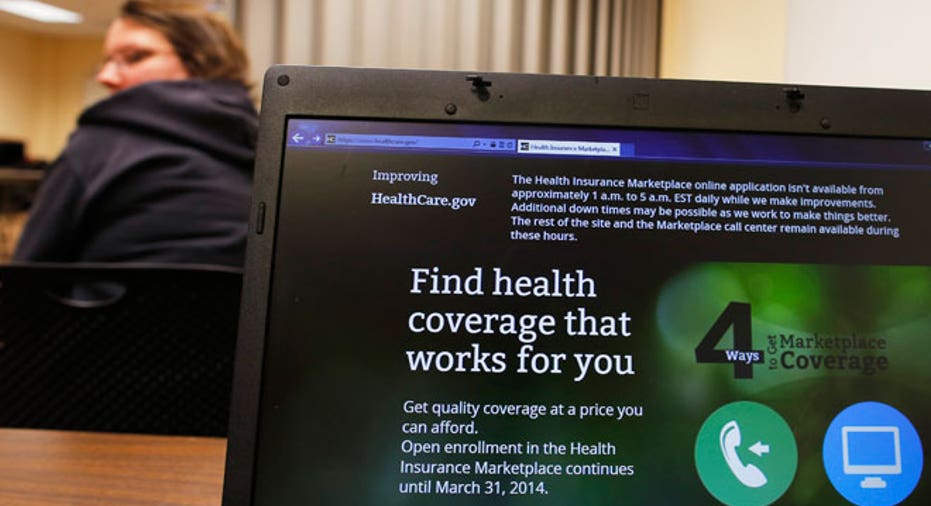Why the Definition of ‘Enrollment’ Matters Under ObamaCare

Just because a person has been able to enroll in a health-care plan on either a state or the federal health insurance exchange doesn’t mean they automatically have coverage.
The all-important payment process does not occur on an exchange site, the premium must be made directly from policyholder to insurance company in order for the policy to start. So the White House touted Dec.15 enrollment deadline to have coverage kick in on Jan. 1, may be misleading, says Yevgeniy Feyman, scholar at the Manhattan Institute.
Americans across the country have been struggling to enroll in health-care plans on the glitch-plagued Healthcare.gov federal insurance marketplace and state exchanges, making it more difficult to get to the step of paying for coverage.
“We do know that individuals who want to have coverage enacted by Jan. 1, 2014 have to have paid their premiums by Dec. 15,” Feyman says. “If you have not paid that premium [by that deadline], that means that starting Jan. 1, you don’t actually have coverage. You are not enrolled in an insurance plan until you have made your first premium payment or signed a contract with the insurance company.”
Upon completing a plan selection on the site, Feyman says the exchange will communicate to the user the subsidy eligibility to insurers, via an 834 form. The insurer is then responsible for sending out the bill. Another scenario, depending on the insurance company, would be the exchange site directing a policyholder to the insurance provider’s site to make a payment there.
In certain states like California, for example, where exchanges are being run by the state itself, payments can be directly made on the exchange.
The Department of Health and Human Services announced last week that from Oct. 1-Nov. 2, 106,185 Americans had selected insurance plans across the country—but the department didn’t clarify if the monthly premiums had been made. It is standard operating procedure in the insurance industry to only count clients who have paid the premium as new enrollees.
HHS has hinged on the Dec. 15 date to have a better grasp of how many people have enrolled as payments would have to be made on this date to have coverage kick in for the New Year.
Larry Kocot, visiting scholar at the Brookings Institution, says that enrolling on the federal exchange with an actual payment was never the plan.
“If someone registers by the 15 of December, the process was supposed to happen within a few days that the enrollment form was sent to insurers and they would then bill the policy holder,” he says.
Feyman cautions that much of enrollment hinges on both the government and insurance companies working efficiently, so consumers who need coverage immediately on Jan. 1 should take matters into their own hands and sign up as soon as possible.
“I would contact the insurance company [after selecting a plan] and get it in writing,” he says.
If not, it’s very rare that a consumer’s insurance would be backdated if he or she had to use a plan to visit a doctor before actually making a monthly premium payment. “Insurance companies do not cover things that happen to you before you are covered.”
The only way enrollment would be retroactive, Kocot says, is if the fault fell on either the government or insurance company for the lack of coverage.
“If you had done what you needed to do, and enrolled by the 15 and the insurance company didn’t resolve payment and billing with the exchange, and you don’t get your premium bill until Jan. 15, a possibility does exist that you could be backdated,” he says.



















